While the rate of overweight and obesity is increasing rapidly, there are still many children who are malnourished. This shows that many children do not have school meals that meet nutritional standards.

The Board of Directors of Tan Son Nhi Primary School (Tan Phu District, Ho Chi Minh City) always closely monitors the students' meals - Photo: MG
At the workshop on providing comments on the Law on Special Consumption Tax on applying special consumption tax on sugary drinks, preventing overweight and obesity in children, organized by the National Assembly's Committee on Culture and Education in coordination with the United Nations Children's Fund (UNICEF), experts pointed out an alarming fact: Vietnamese children are the most overweight and obese in Southeast Asia.
Accordingly, the rate of overweight and obese children increased from 8.5% in 2010 to 19% in 2020, with the rate reaching 26.8% in urban areas.
Double burden of malnutrition
Previously in October 2024, at the 2nd international conference on Vietnamese nutrition organized by the National Institute of Nutrition, experts pointed out that Vietnam is currently facing a double burden of nutrition.
While the rate of overweight and obesity is increasing rapidly, 18.2% of children are still malnourished and stunted, with the rate reaching 25.9% in the Central Highlands alone.
This reveals a worrying reality: many children do not have meals that meet nutritional standards.
According to experts, 86% of a person's maximum height is achieved before the age of 12. In that context, school meals should be considered a strategic solution to improve this situation.
However, in reality, there are shortcomings that require attention and drastic action from relevant parties. Parents, although very eager to participate in supervising school meals, often face major barriers due to lack of nutritional knowledge and mechanisms to implement.
Just observing meals is not enough, parents need to understand what balanced and reasonable nutrition is.
At the same time, schools should have mechanisms to encourage parental participation. For example, installing cameras to make the food preparation and delivery process transparent.
In preschool and primary schools, meal preparation staff are often temporary contract workers who lack formal nutrition training.
This not only affects the quality of meals, but also puts pressure on the school in management.
Therefore, there needs to be a reasonable remuneration policy and mandatory training program to ensure that these personnel are competent to serve children.
Many schools decide on their own menus without consulting a nutritionist. Some do not even adhere to basic food safety standards.
Legalize boarding meals
To overcome this, there needs to be a dedicated law on school nutrition, including detailed regulations on food standards, processing and preservation procedures, as well as the responsibilities of relevant parties.
Legalizing school meals also needs to be accompanied by a strict inspection mechanism and transparent handling of violations.
Only when there is a strong enough legal corridor can policies and initiatives be put into practice and bring about sustainable effectiveness.
Enterprises are an important link in the school food supply chain. They not only provide ingredients but can also sponsor free meals for disadvantaged areas as a social responsibility.
However, to maximize this role, it is necessary to build a transparent and fair legal environment, where genuine businesses are encouraged to participate, while violations are strictly handled.
Another important aspect is nutrition education in schools.
Children need to learn about food choices and healthy eating habits from an early age. Extracurricular programs or specialized nutrition lessons can be integrated into the formal curriculum to help children better understand the role of food in health.
Besides, physical exercise and movement also need to be promoted, helping children maintain a healthy body and develop comprehensively both physically and mentally.
A comprehensive school nutrition strategy not only helps address current challenges, but also lays the foundation for a healthy, active and intelligent Vietnamese generation in the future.
Japan's Experience with School Lunch Law
Under Japan's School Lunch Law, meals are part of nutrition education, with nutrition specialists posted in all elementary schools.
In addition to being educated about the nutritional value of each type of food and a nutritious meal, students are also educated about the rational exploitation of natural food resources associated with the responsibility of preserving nature, understanding the food production cycle and appreciating the efforts of food producers, and discovering and appreciating the country's rich culinary culture.
Japanese youth are increasingly developing physically and mentally, with average height and stature growing significantly compared to 50 years ago: increasing from 1.5 to 1.72m for men, and from 1.49m to 1.58m for women.
By the early 2000s, when people's height had improved, Japan was facing a problem of overweight and obesity, especially among young people.
Therefore, after a nationwide assessment of national nutrition and health, the Basic Law on Food and Nutrition Education was enacted in June 2005 to change people's eating habits.
Source: https://tuoitre.vn/bua-an-ban-tru-va-ganh-nang-kep-ve-dinh-duong-20241126145551161.htm




![[Photo] Looking back at the impressive moments of the Vietnamese rescue team in Myanmar](https://vstatic.vietnam.vn/vietnam/resource/IMAGE/2025/4/11/5623ca902a934e19b604c718265249d0)


![[Photo] "Beauties" participate in the parade rehearsal at Bien Hoa airport](https://vstatic.vietnam.vn/vietnam/resource/IMAGE/2025/4/11/155502af3384431e918de0e2e585d13a)







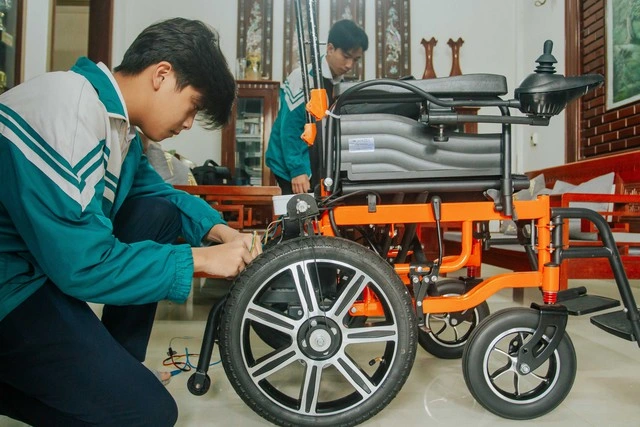



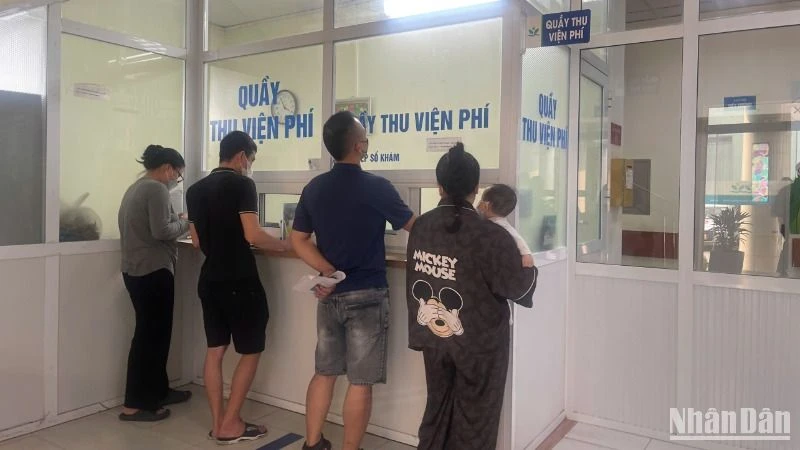
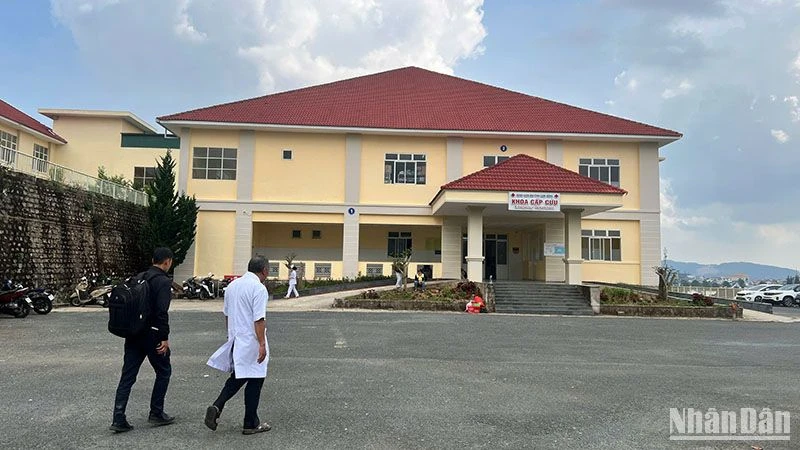




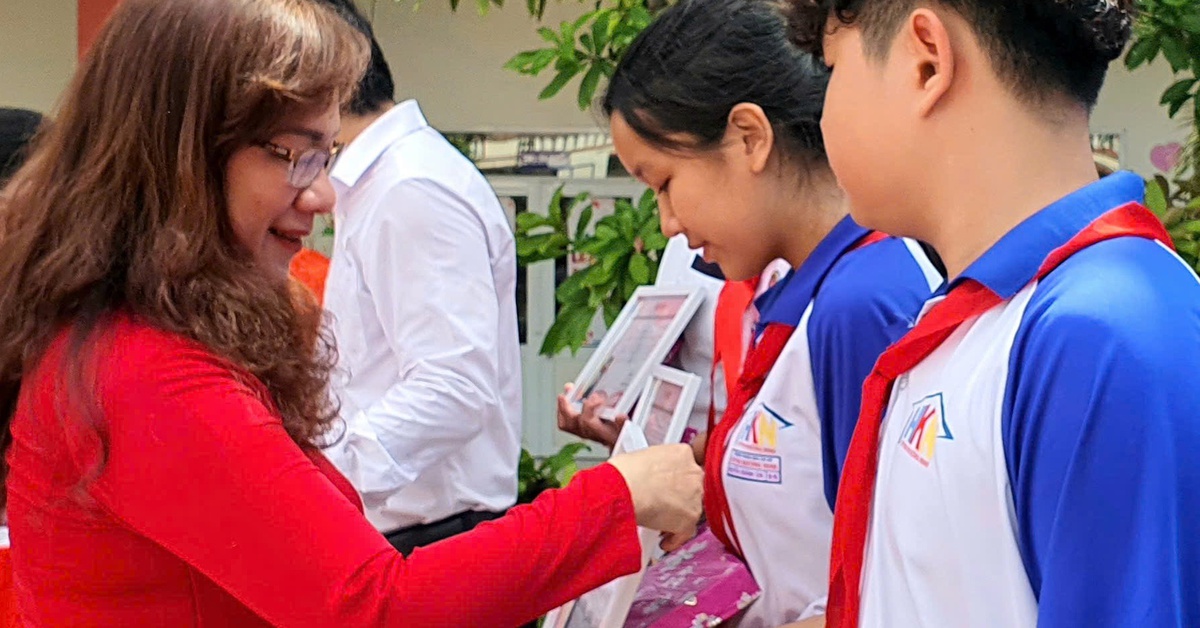
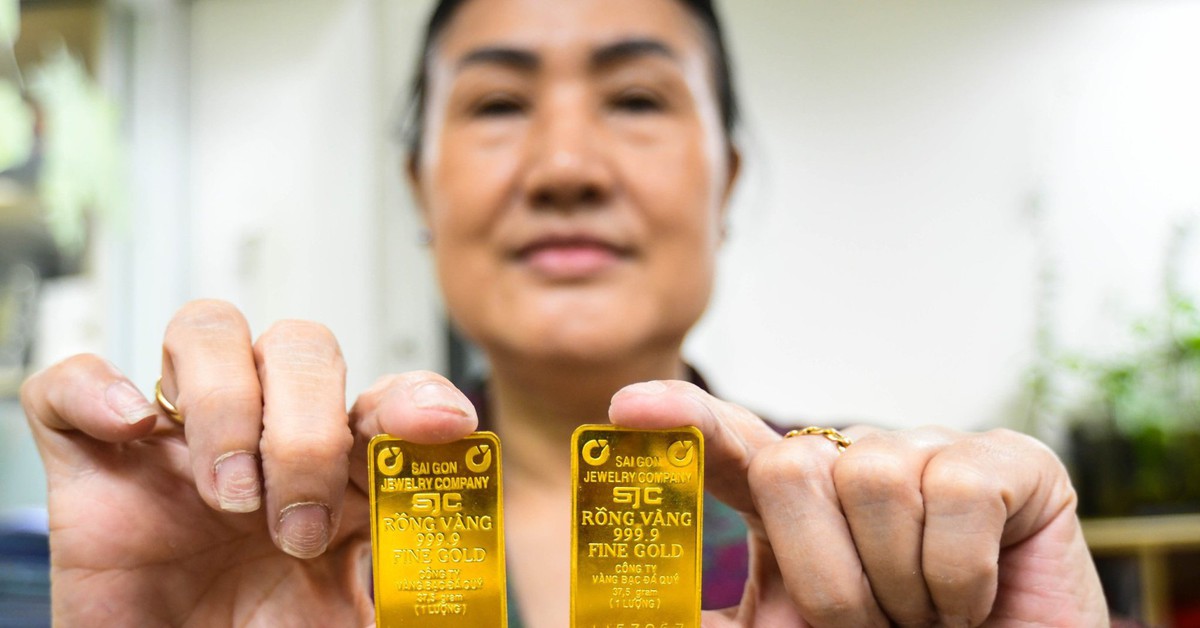


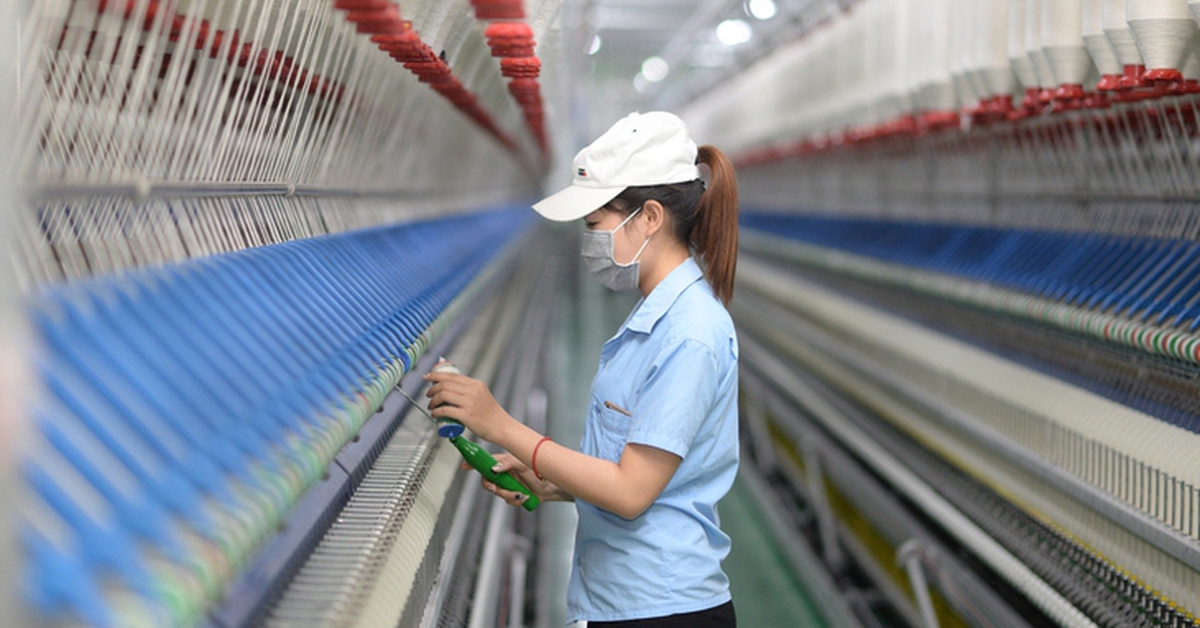


![[Photo] Summary of parade practice in preparation for the April 30th celebration](https://vstatic.vietnam.vn/vietnam/resource/IMAGE/2025/4/11/78cfee0f2cc045b387ff1a4362b5950f)







































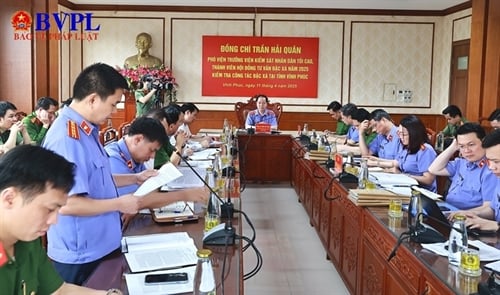




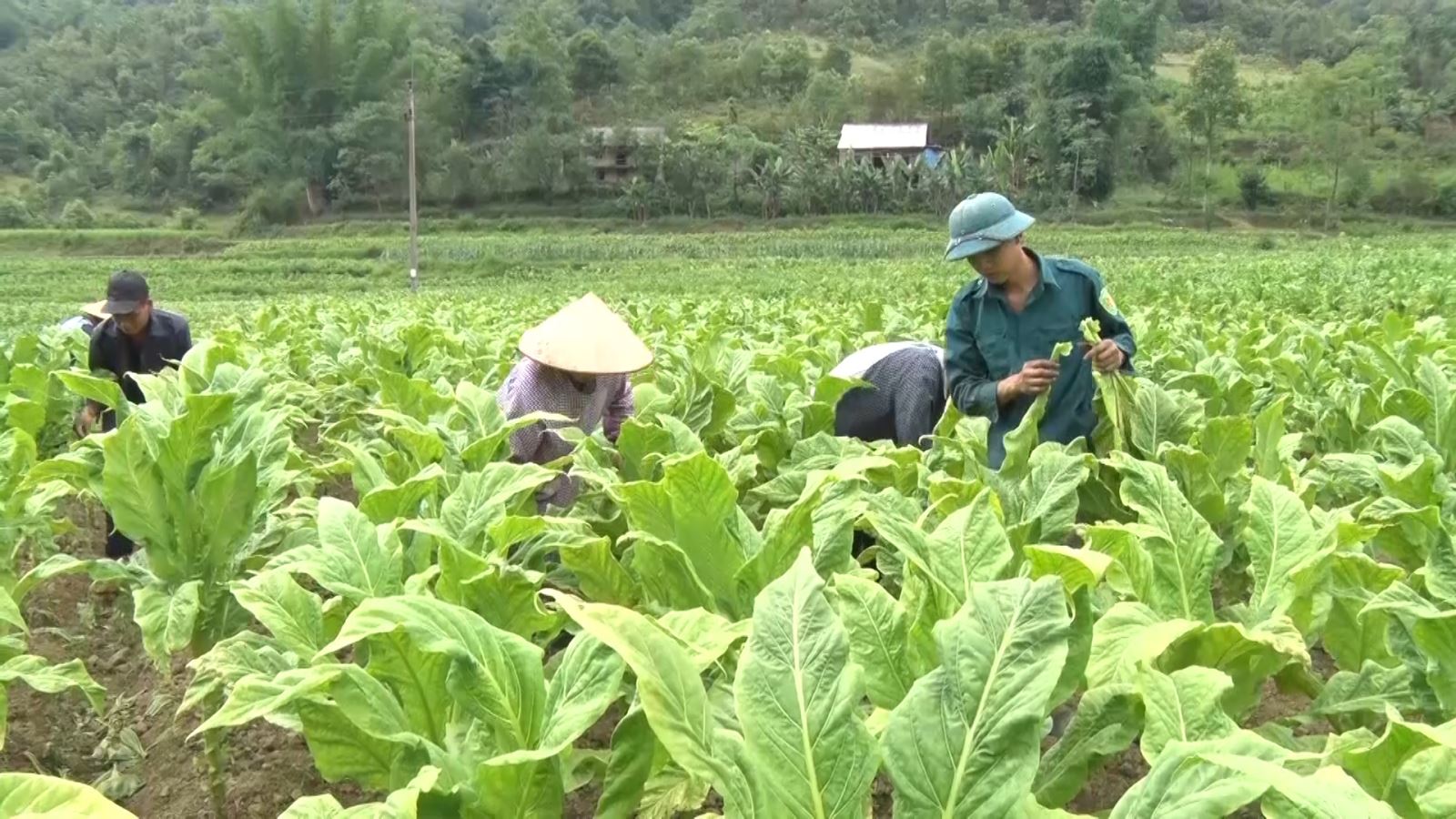












Comment (0)